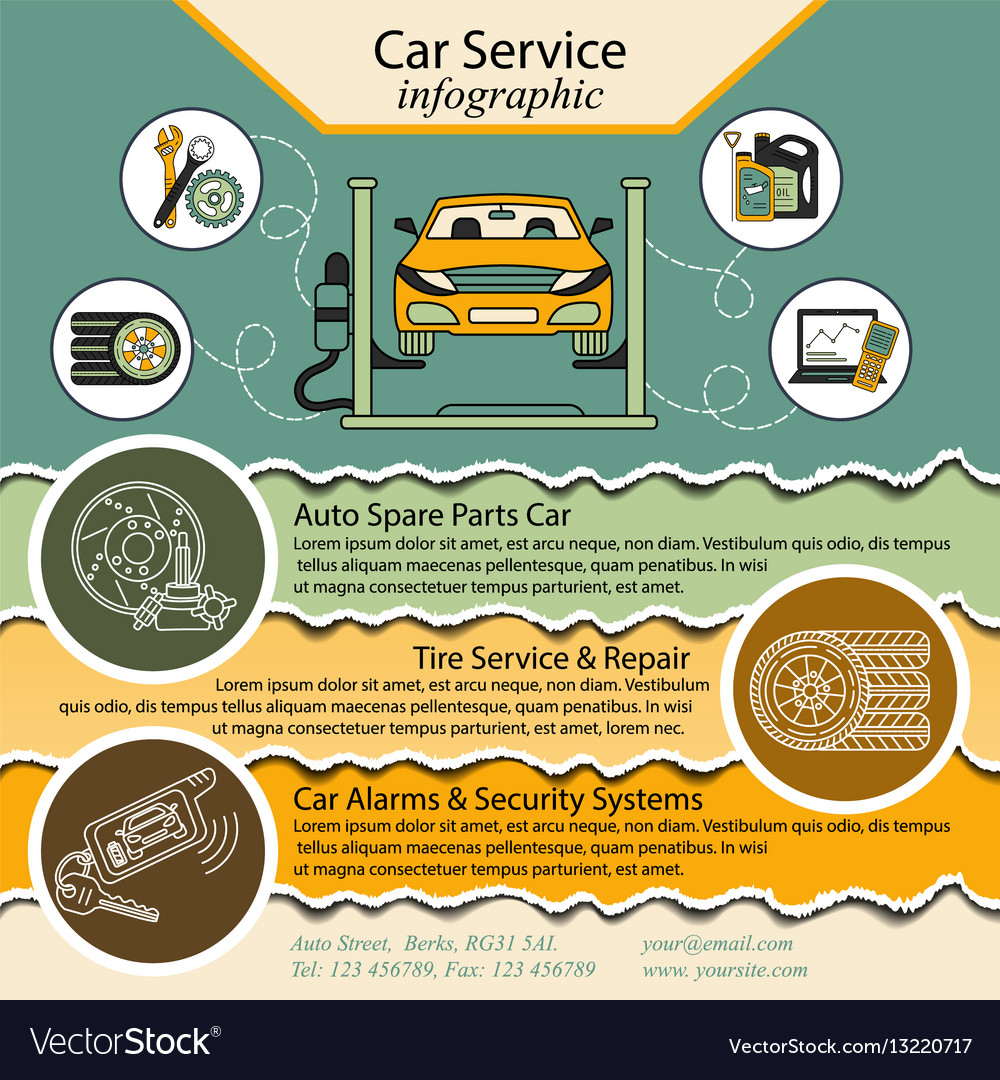Assessing Your Vehicle'S Caution Indicators: What They Really Convey
Assessing Your Vehicle'S Caution Indicators: What They Really Convey
Blog Article
Material Writer-Hartley Stark
When you're behind the wheel, those glowing caution lights on your dashboard can be a little bit puzzling. Do you recognize what they're trying to tell you concerning your automobile's health and wellness? Comprehending the significance of these lights is vital for your security and the durability of your automobile. So, the following time among those lights pops up, would not you intend to decipher its message accurately and take the essential steps to resolve it?
Common Warning Lighting and Interpretations
Recognize common caution lights in your auto and recognize their meanings to make certain safe driving.
One of the most common caution lights consist of the check engine light, which signals issues with the engine or emissions system. If this light comes on, it's essential to have your automobile examined quickly.
The oil pressure cautioning light suggests reduced oil pressure, requiring immediate interest to prevent engine damages.
A blinking battery light could recommend a faulty charging system, potentially leaving you stranded otherwise resolved.
The tire stress surveillance system (TPMS) light signals you to reduced tire pressure, affecting automobile security and gas effectiveness. Disregarding cardetailnz could bring about unsafe driving problems.
The abdominal muscle light shows a problem with the anti-lock stopping system, endangering your capability to quit quickly in emergencies.
Last but not least, the coolant temperature alerting light warns of engine getting too hot, which can result in extreme damage otherwise resolved promptly.
Recognizing these typical caution lights will certainly assist you deal with issues immediately and preserve risk-free driving conditions.
Value of Prompt Interest
Understanding the common warning lights in your automobile is just the primary step; the value of quickly resolving these cautions can not be emphasized enough to ensure your safety when driving.
When a caution light illuminates on your control panel, it's your car's means of connecting a prospective problem that needs focus. Ignoring these warnings can bring about much more serious issues in the future, compromising your safety and security and possibly costing you a lot more in repairs.
Read This method to warning lights can avoid break downs and mishaps. As an example, a flashing check engine light can suggest a misfire that, if left neglected, could trigger damage to the catalytic converter. Addressing this immediately can save you from a pricey repair.
In a similar way, a brake system cautioning light might signal reduced brake liquid or used brake pads, critical parts for your safety when driving.
DIY Troubleshooting Tips
If you discover a warning light on your control panel, there are a couple of do it yourself fixing pointers you can try prior to looking for specialist aid.
The primary step is to consult your car's handbook to comprehend what the certain caution light shows. In some cases the concern can be as easy as a loose gas cap triggering the check engine light. Tightening the gas cap may solve the issue.
One more common concern is a low battery, which can trigger various advising lights. Inspecting the battery links for corrosion and ensuring they're secure might deal with the problem.
If a warning light continues, you can attempt resetting it by separating the vehicle's battery for a few minutes and after that reconnecting it. In addition, examining your car's fluid degrees, such as oil, coolant, and brake liquid, can assist repair alerting lights connected to these systems.
Final thought
Finally, understanding your vehicle's warning lights is necessary for maintaining your lorry running smoothly and safely. By without delay attending to these informs and understanding what they indicate, you can avoid expensive repair work and potential breakdowns.
Keep in mind to consult your car's guidebook for specific information on each advising light and take action appropriately to make sure a hassle-free driving experience.
Stay educated, stay secure when driving!
